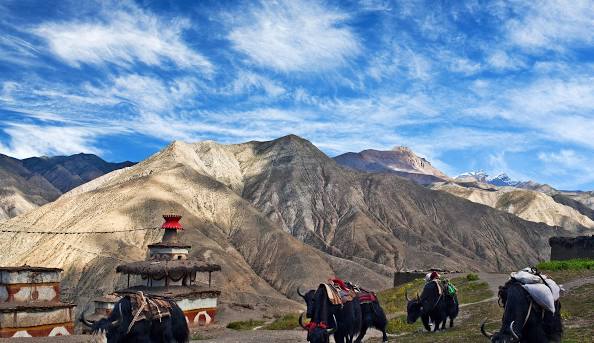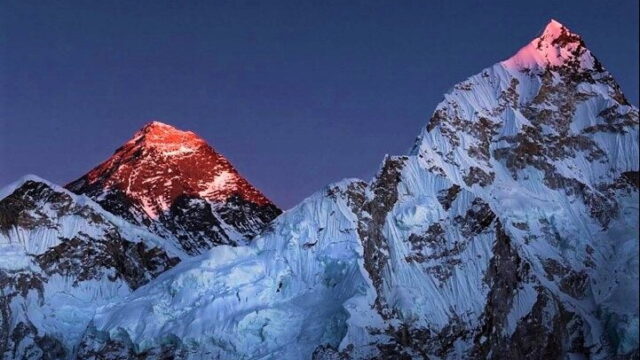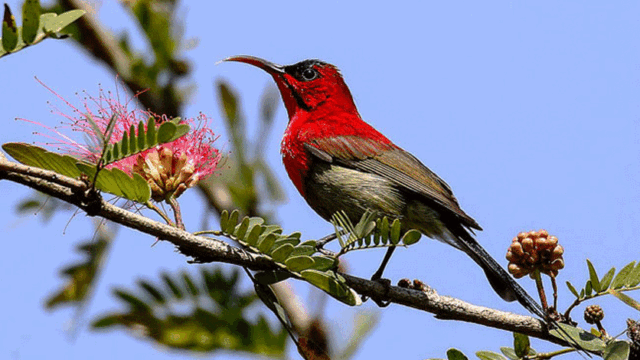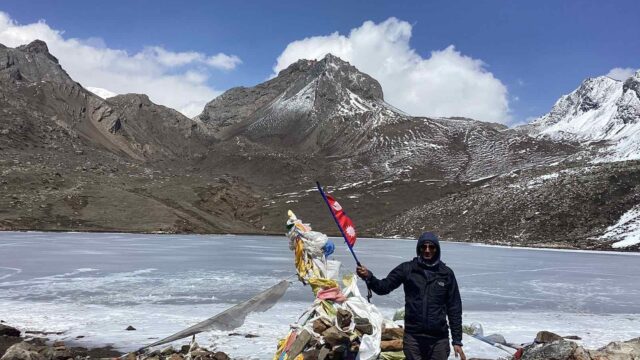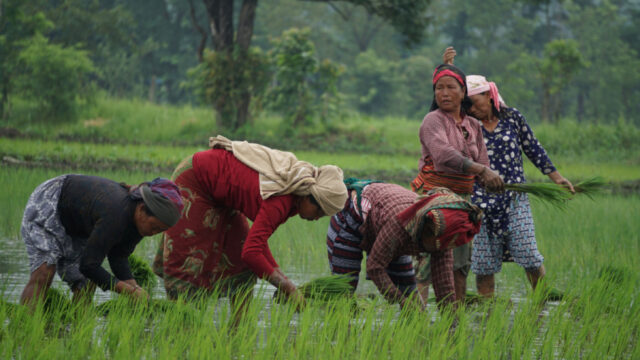Introduction
Dolpo, a hidden gem in northwestern Nepal, is one of the most remote and breathtaking trekking destinations in the world. Known for its dramatic landscapes, ancient Tibetan culture, and rugged terrain, Dolpo remains an untouched paradise for adventurers. This article explores Dolpo’s geography, trekking routes, tourism potential, costs, accommodations, food, and cultural richness with numerical insights, making a compelling case for its exploration.
Geographical Overview
- Location : Northwestern Nepal, bordering Tibet
- Area : 7,889 sq. km
- Elevation Range : 1,525m (5,003 ft) to 7,625m (25,016 ft)
- Population : Approximately 36,700 (2021 Census)
- Male : 18,400
- Female : 18,300
- Protected Area : Shey Phoksundo National Park (3,555 sq. km), Nepal’s largest national park, home to rare species like snow leopards and blue sheep.
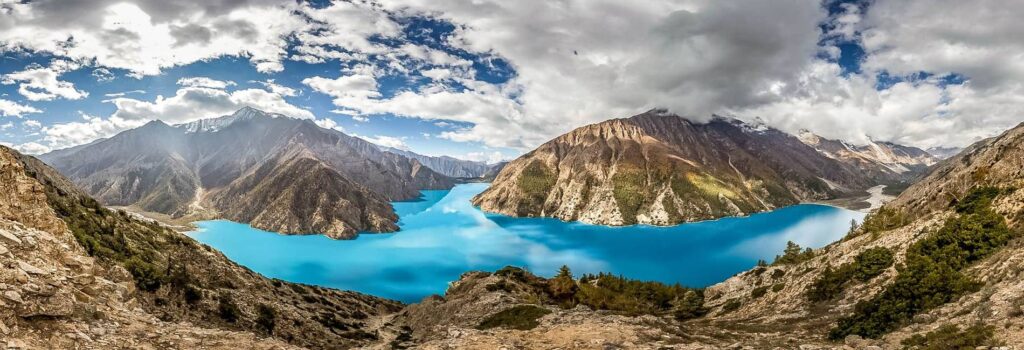
Trekking in Dolpo
It offers diverse trekking routes, from moderate to highly challenging, attracting adventure seekers worldwide.
1. Lower Dolpo Trek
- Duration : 18-21 days
- Max Elevation : 5,190m (Numa La Pass)
- Difficulty : Moderate to Challenging
- Highlights : Shey Phoksundo Lake, Bonpo monasteries, and authentic Tibetan villages
- Cost Estimate : $2,500 – $3,500 per person (including permits, guides, food, and accommodation)
2. Upper Dolpo Trek
- Duration : 25-30 days
- Max Elevation : 5,360m (Kang La Pass)
- Difficulty : Challenging
- Highlights : Crystal Mountain, Shey Gompa (800-year-old monastery), remote nomadic settlements
- Cost Estimate : $4,500 – $6,000 per person

3. Shey Phoksundo Lake Trek
- Duration : 8-12 days
- Max Elevation : 3,611m (Shey Phoksundo Lake)
- Difficulty : Moderate
- Highlights : Nepal’s deepest lake (145m), turquoise-blue waters, diverse flora and fauna
- Cost Estimate : $1,200 – $2,000 per person
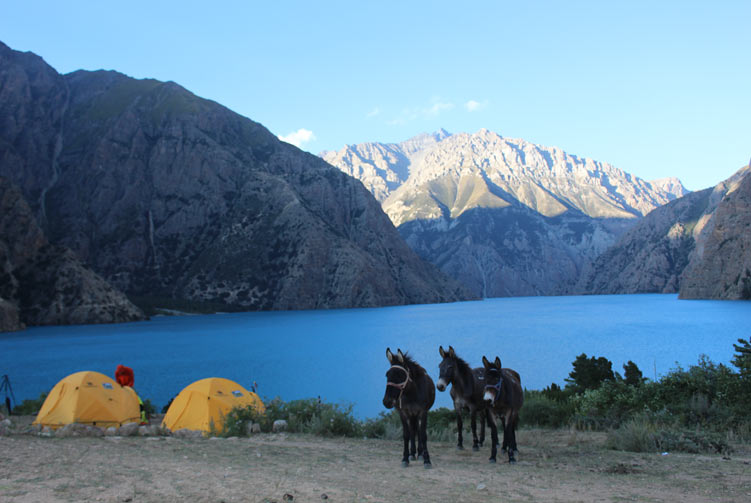
Accommodation & Food
- Accommodation : Basic teahouses and homestays in Lower Dolpo; tented camps for Upper Dolpo treks.
- Food: Traditional Tibetan and Nepali cuisine, including tsampa (barley flour), dal bhat (lentils and rice), yak cheese, and butter tea.
- Cost for Meals : $6 – $12 per meal, depending on location.
Culture & Traditions
It is rich in Tibetan Buddhist and Bon culture. The region hosts several ancient monasteries, including Shey Gompa, and follows centuries-old traditions. The people of this place maintain a nomadic lifestyle, herding yaks and trading salt with Tibet. Festivals like Yartung (horse festival) and Tibetan New Year (Lhosar) are celebrated with great enthusiasm.
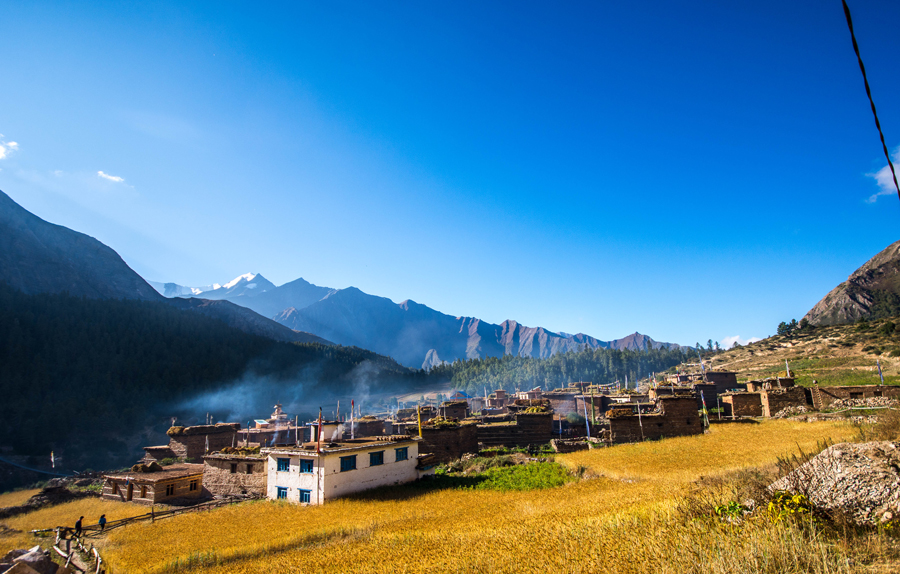
Tourism Potential
Despite its unparalleled beauty, It remains underexplored. With better infrastructure and promotion, it can attract more visitors and boost sustainable tourism.
1. Current Tourism Statistics
- Annual Visitors: Around 2,000 trekkers
- Permit Fees:
- Lower Dolpo: $20 per week (foreigners)
- Upper Dolpo: $500 for the first 10 days, $50 per additional day
2. Growth Opportunities
- Eco-tourism Development: Sustainable trekking routes, teahouse lodges, and local homestays can foster community-based tourism.
- Cultural Tourism: Showcasing Bonpo monasteries, Tibetan festivals, and Dolpo’s unique heritage.
- Adventure Tourism: Expanding trekking, horse riding, and high-altitude expeditions.
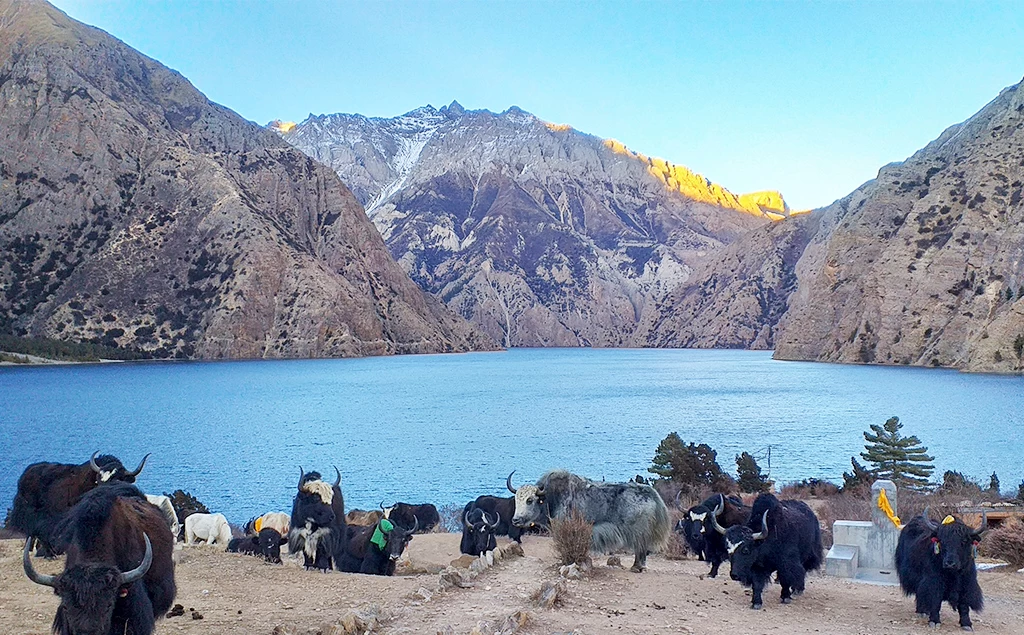
Challenges & Solutions
- Limited Accessibility : No direct road access; flights to Juphal from Nepalgunj followed by trekking are required. Solution : Improved air connectivity and infrastructure development.
- High Permit Costs : Upper Dolpo’s permits are expensive compared to other trekking regions. Solution: Government policies for lower fees or longer validity.
- Lack of Facilities : Few teahouses and lodges compared to Everest or Annapurna regions. Solution: Encouraging sustainable tourism investment.
Conclusion
It is a paradise for trekking enthusiasts, offering untouched landscapes, rich Tibetan culture, and unparalleled adventure. With proper infrastructure and promotion, Dolpo has the potential to become a premier adventure tourism destination while preserving its pristine nature.
Written By: Pari Adhikari (Tourism Professional and Trekking Guide)
